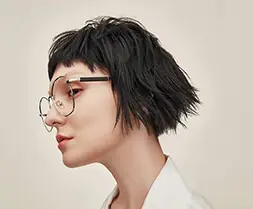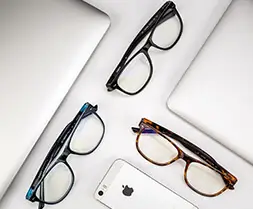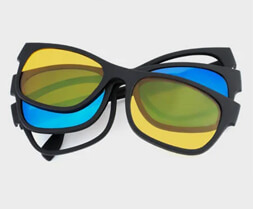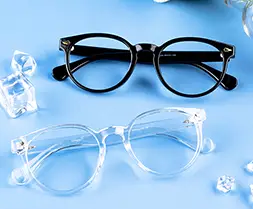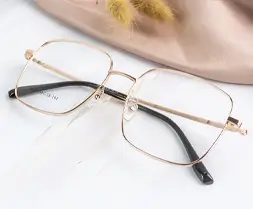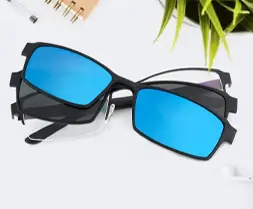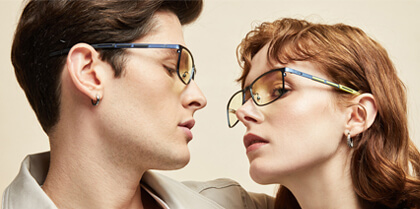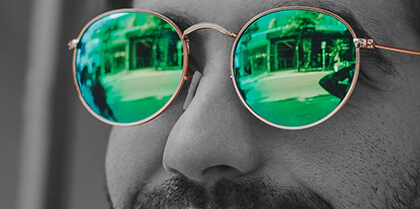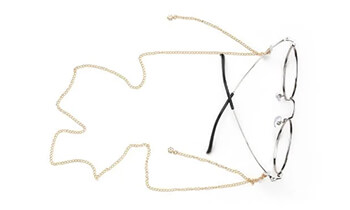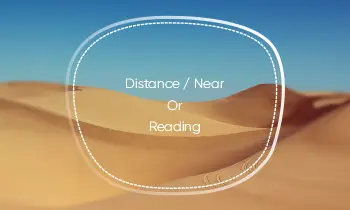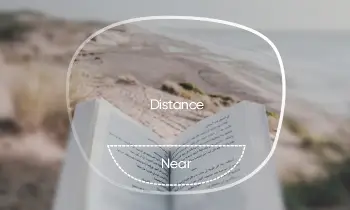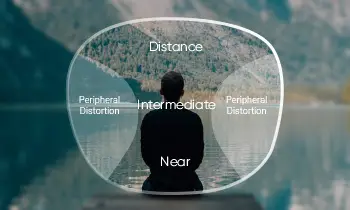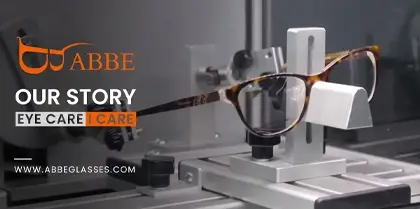What are progressive lenses?
Progressive lenses, also known as progressive multifocal lenses, are used primarily to correct visual impairments in presbyopia and myopia. They use different positions of the lens to progressively correct people's visual problems, with the gradient of the progressive lens usually starting from the prescription at the top of the lens where the user looks far away and reaching a maximum at the bottom of the lens where the user looks close. This means that the user can see from top to bottom from far to near.
How to tell if your progressive lenses are correct?
Overall, the main reason 80% of users are uncomfortable when wearing progressive eyeglasses is because of improper fitting rather than prescription error. Looking at an object through the top (roughly one-third) of the eyeglass lens at a distance of 65 feet or more from you. Read a book at hand through the lower (roughly one-third) of the lens. If you can see the object or type better, then your progressive lenses are correct.


